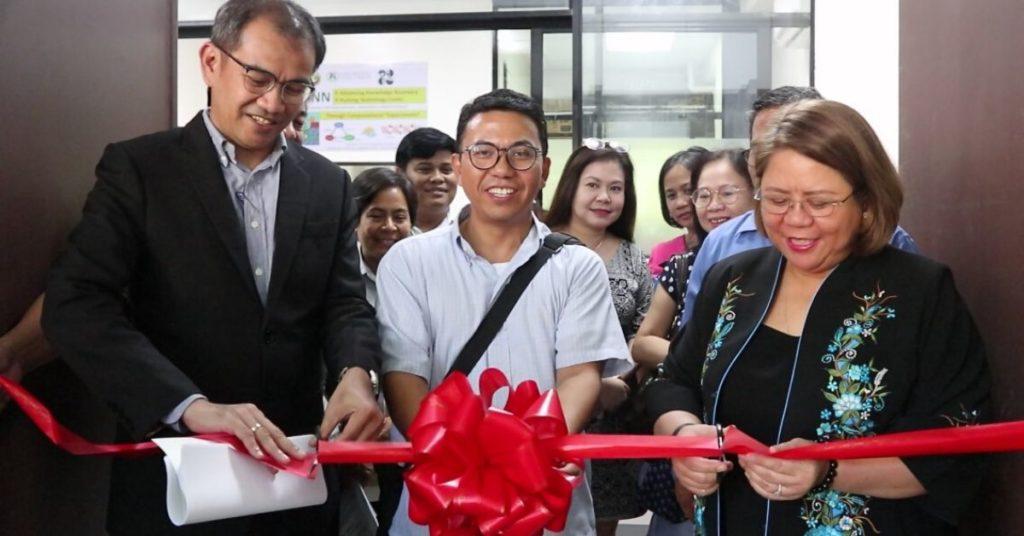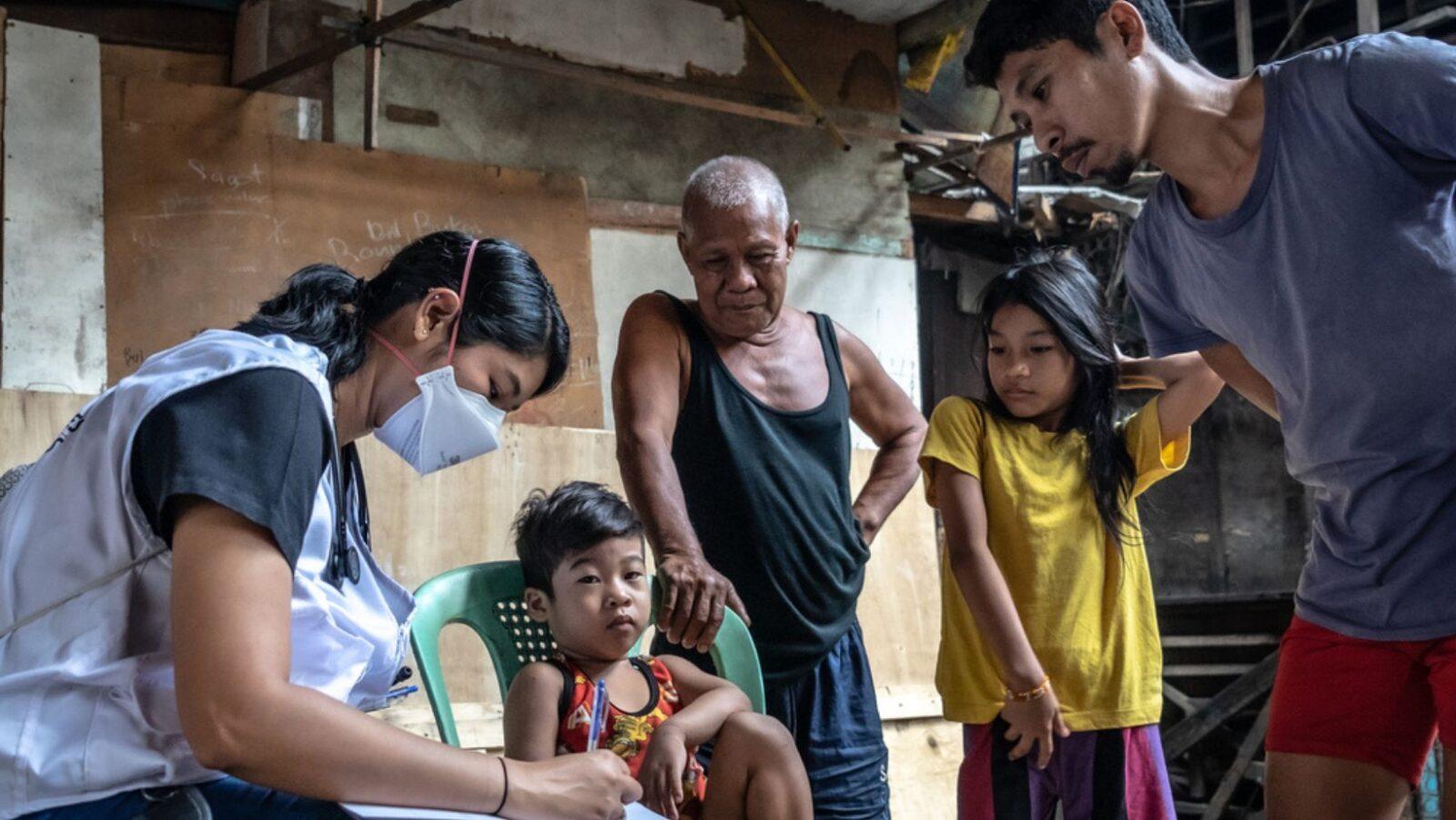•On March 10, 2020, DOST-PCIEERD and the University of San Carlos (USC) formally unveiled the first computational science laboratory in Visayas.
•The USC Laboratory of Computational Functional Materials, Nanoscience and Nanotechnology (LCFMNN) will house state-of-the-art research facilities with high-performance computers.
•The newly opened laboratory can provide a significant boost to the region in the fields of nanotechnology, nanoscience, and materials science research.
In partnership with the Department of Science and Technology’s Philippine Council for Industry, Energy and Emerging Technology Research and Development (DOST-PCIEERD), the University of San Carlos (USC) in Cebu City officially opened a state-of-the-art research facility—the first of its kind in the Visayas region.
Formally unveiled to the public last March 10, the USC Laboratory of Computational Functional Materials, Nanoscience and Nanotechnology (LCFMNN) is a 36.49-sqm research center with high-performance computers for materials research.
These machines are capable of processing large-scale, parallel simulations. This enables researchers to identify potential issues and avoid wasting precious resources.

A big boon for “small” sciences
By applying computational tools and techniques in materials development, nanotechnology, and nanoscience, USC’s students and other researchers can create better solutions for energy harvesting, energy conversion, and energy storage, to name a few.
“The lab will enable researchers in the Visayan Peninsula to fortify and be guided in their research plans on photovoltaics and other energy-harvesting devices before the actual costly material experimentation, synthesis, and device fabrication process,” according to LCFMNN project leader Dr. Felixberto Buot.
Buot noted the significance of scientific computing in advanced countries. This technology makes it possible to hold experiments that would otherwise be too dangerous, complicated, or expensive.
The LCFMNN was made possible through DOST-PCIEERD’s Institution Development Program (IDP). The IDP aims to bolster R&D in various institutions by providing financial assistance for upgrading existing research and laboratory facilities.
Cover photo: (From left: DOST-PCIEERD Executive Director Dr. Enrico C. Paringit, incoming USC President Fr. Narciso A. Cellan, Jr., SVD, D. Comm., R&D Undersecretary Dr. Rowena Cristina L. Guevara) DOST-PCIEERD
Author: Mikael Angelo Francisco
Bitten by the science writing bug, Mikael has years of writing and editorial experience under his belt. As the editor-in-chief of FlipScience, Mikael has sworn to help make science more fun and interesting for geeky readers and casual audiences alike.










